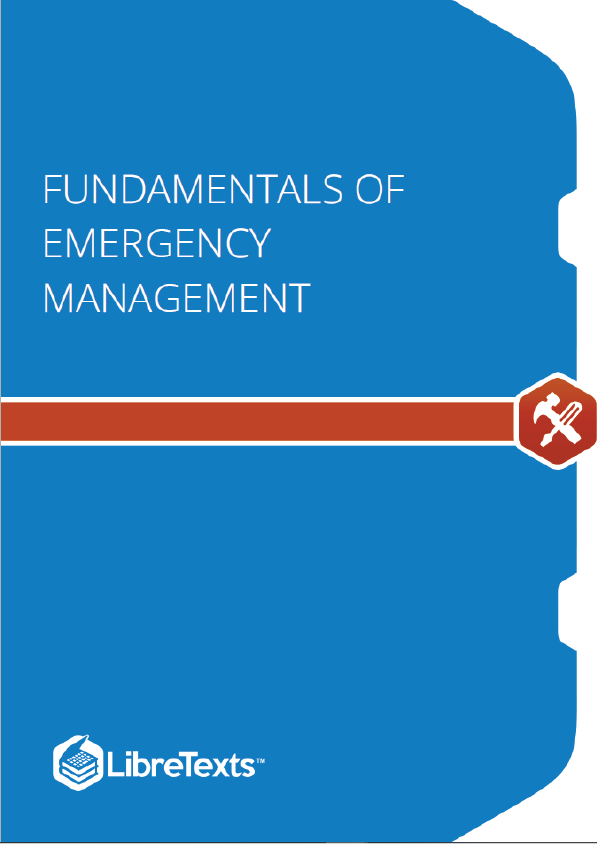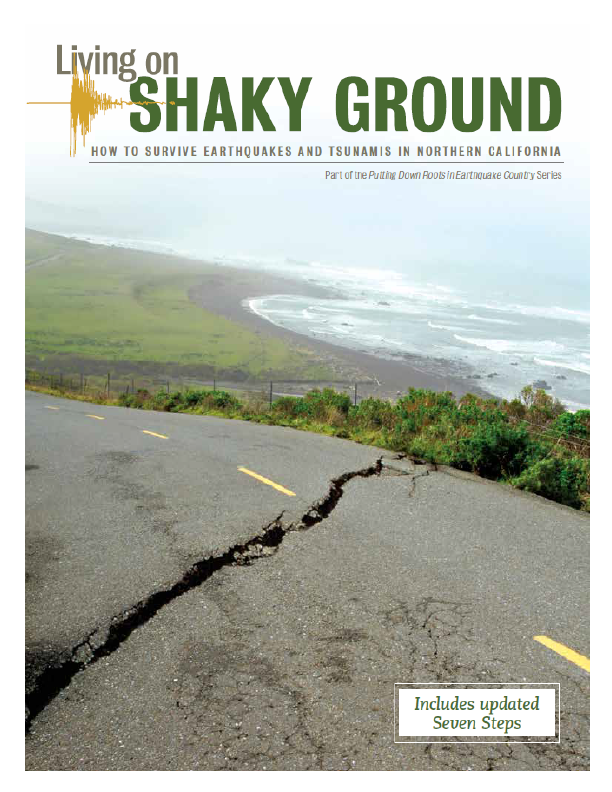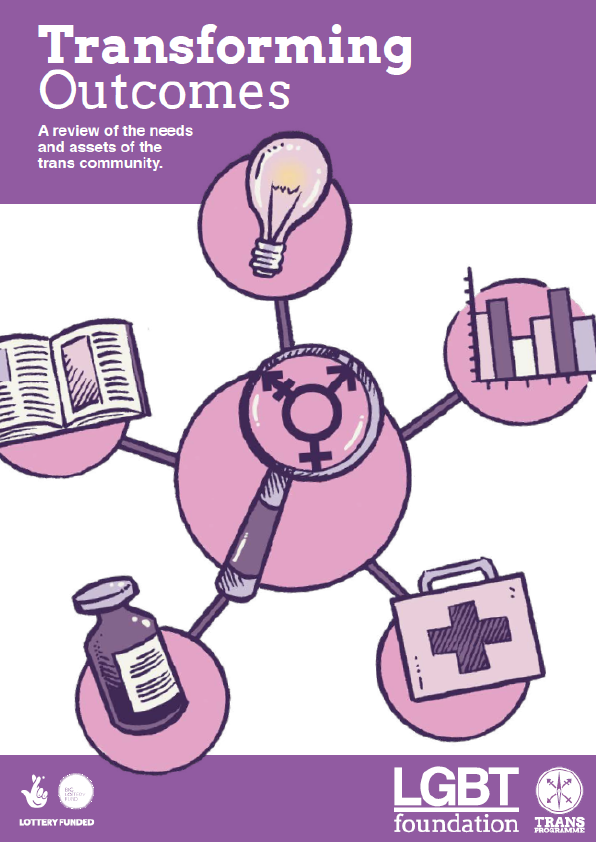This chapter provides an overview that describes the basic types of hazards threatening the United States and provides definitions for some basic terms such as hazards, emergencies, and disasters. The chapter also provides a brief history of emergency management in the federal government and a general description of the current emergency management system—including the basic functions performed by local emergency managers. The chapter concludes with a discussion of the all-hazards approach and its implications for local emergency management.
There are many ways to describe emergency management and the importance of the tasks emergency managers perform. Indeed, in some respects, it hardly seems necessary to explain the need for a profession whose purpose is saving lives and property in disasters. It is likely that, while many people recognize their communities are exposed to environmental threats requiring a systematic program of protection, only a few appreciate the magnitude and diversity of the threats. One can introduce the study of emergency management by noting losses from disasters—in the United States and the rest of the world—have been growing over the years and are likely to continue to grow (Berke, 1995; Mileti, 1999; Noji, 1997b). Losses can be measured in a variety of ways —with deaths, injuries, and property damage being the most common indexes. The 1995 Kobe, Japan, earthquake killed more than 6000 people and left another 30,000 injured. In the previous year, the Northridge, California, earthquake resulted in approximately $33 billion in damages. These individual events are impressive enough, but the losses are even more dramatic when accumulated over time. Between 1989 and 1999, the average natural disaster loss in the US was $1 billion each week (Mileti, 1999, p. 5). Furthermore, many costs must be absorbed by victims—whether households, businesses, or government agencies—because only about 17% of losses are insured. Spectacular as they are, these past losses pale in comparison to potential future losses. Major earthquakes in the greater Los Angeles area or in the midwestern New Madrid Seismic Zone, which are only a matter of time, could generate thousands of deaths, tens of thousands of injuries, and tens of billions of dollars in economic losses.
Indeed, the daily news seems to suggest the world is plagued by an increasing number and variety of types of disasters, an impression that is certainly heightened by what seem to be frequent, very large scale natural disasters—including earthquakes, floods, hurricanes, volcanic eruptions, and wildfires—all over the globe. When we add to these events a wide range of severe storms, mudslides, lightning strikes, tornadoes, and other hazard agents affecting smaller numbers of people, one might conclude that natural disasters are increasing. Technological activities also initiate disasters. Hazardous materials are transported via road, rail, water, and air. When containment is breached, casualties, property loss, and environmental damage can all occur. Some technologies, such as nuclear power plants, pose seemingly exotic risks, whereas more commonplace technological processes such as metal plating operations use chemical agents that are very dangerous. Even the queen of American technology, the space program, has experienced disaster associated with system failures. Finally, we see terrorists operating on US soil—made forever visible by the attacks on the World Trade Center on September 11, 2001.











